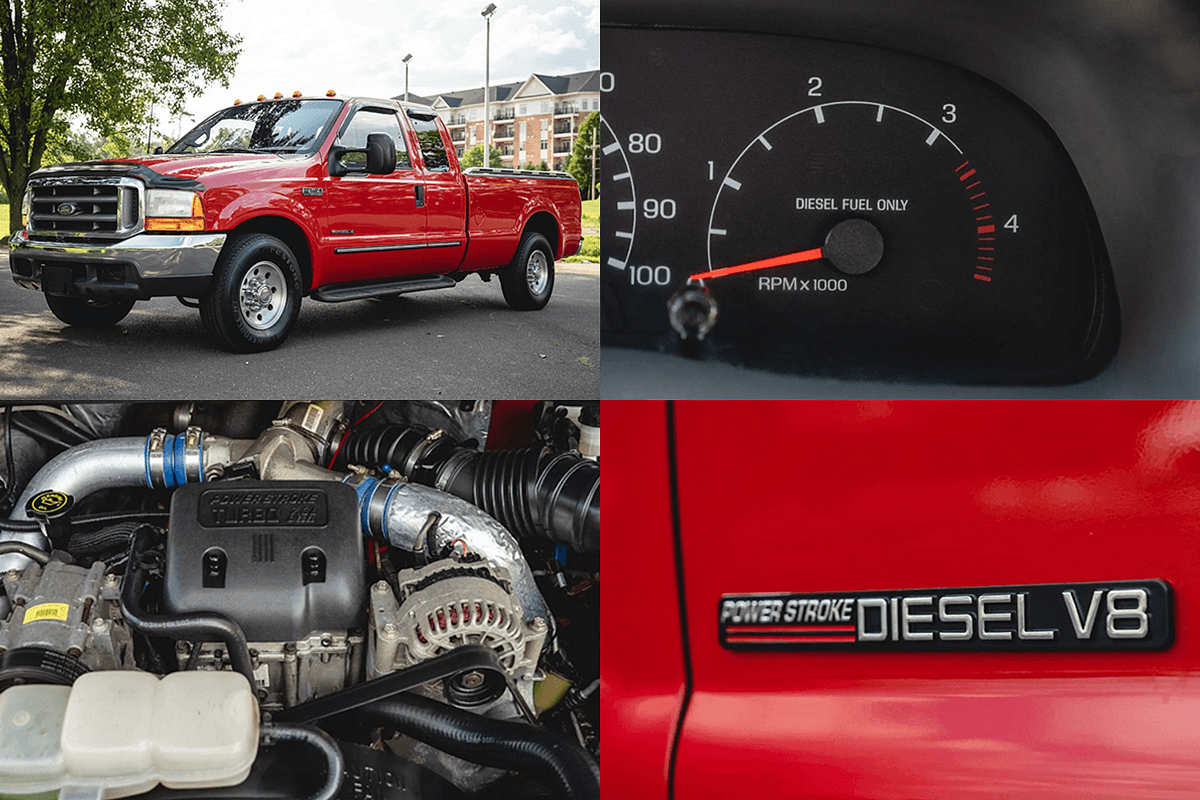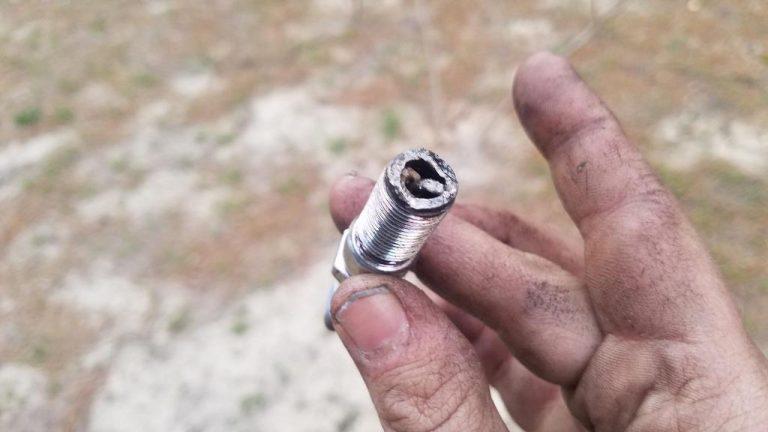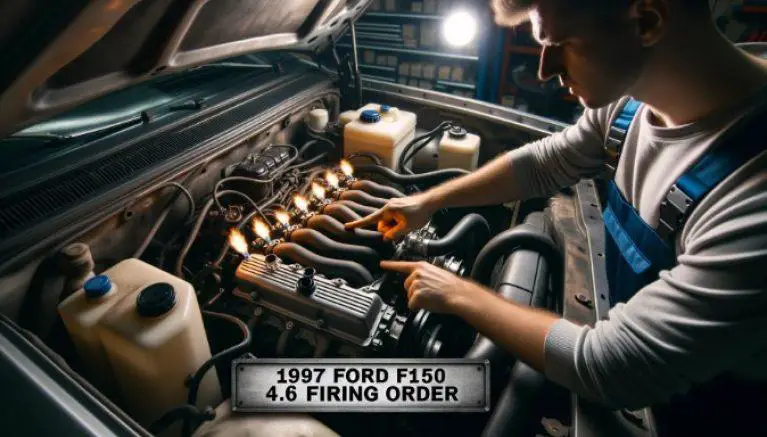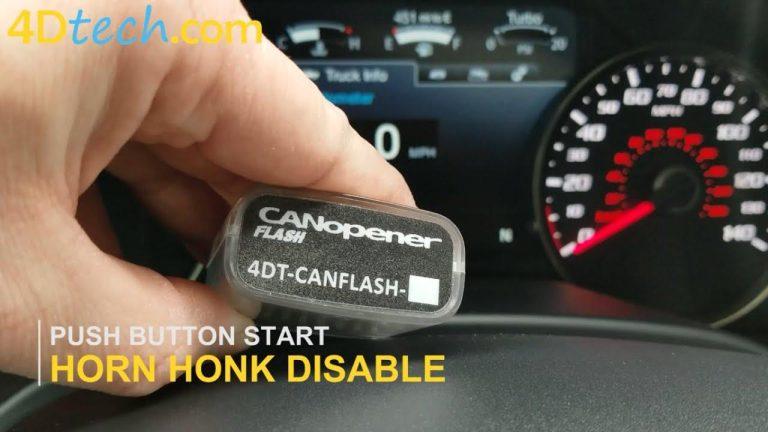7.3 Powerstroke Years to Avoid: Essential Guide for Buyers
Avoid the 2001 and early 2002 model years of the 7.3 Powerstroke due to various reliability issues. These models often have weaker transmission systems and injector problems.
The 7. 3 Powerstroke engine is renowned for its durability and performance, but not all model years are created equal. Some years have faced specific issues that make them less reliable. Knowing which years to avoid can save you from potential headaches and costly repairs.
The 2001 and early 2002 models, in particular, stand out for their problematic transmission systems and injector issues. By being informed, you can make a better decision when purchasing a used 7. 3 Powerstroke vehicle and ensure you get the most reliable version available.

Credit: www.way.com
Common Issues
The 7.3 Powerstroke engine is renowned for its durability. Yet, certain years have recurring issues. Knowing these helps avoid costly repairs. Let’s dive into the common issues faced with 7.3 Powerstroke engines.
Engine Problems
Engine issues are quite common in specific 7.3 Powerstroke years. Owners frequently report injector problems. Faulty injectors can cause poor fuel economy and rough idling. Another common issue is oil leaks. Leaks may occur in the high-pressure oil pump (HPOP) or the oil pan.
Many owners face glow plug failures. This can cause difficulties starting the engine in cold weather. Additionally, the valve cover gaskets are prone to wear out. This leads to electrical problems since the injector harness is integrated into the gasket.
Transmission Failures
Transmission failures are another frequent issue in certain 7.3 Powerstroke years. Some trucks suffer from torque converter failures. This can cause slipping and poor acceleration. Another problem is the transmission fluid overheating. Overheating can lead to complete transmission failure.
Many owners also encounter shift solenoid problems. Faulty solenoids can cause hard or erratic shifting. Additionally, clutch failures in manual transmissions are not uncommon. This can lead to difficulty in changing gears.
| Issue | Component Affected | Consequence |
|---|---|---|
| Injector Problems | Fuel Injectors | Poor Fuel Economy |
| Oil Leaks | HPOP, Oil Pan | Engine Damage |
| Glow Plug Failures | Glow Plugs | Starting Issues |
| Torque Converter Failures | Torque Converter | Poor Acceleration |
| Transmission Fluid Overheating | Transmission | Complete Failure |
| Shift Solenoid Problems | Shift Solenoids | Erratic Shifting |
| Clutch Failures | Clutch | Difficulty Shifting |

Credit: carbuzz.com
Years With Frequent Problems
Many truck enthusiasts love the 7.3 Powerstroke. Yet, not all years are equal. Some years faced more issues than others. These years had frequent problems.
Notable Problematic Years
| Year | Common Problems |
|---|---|
| 1994 | Fuel system issues, oil leakage |
| 1995 | Electrical problems, turbocharger failures |
| 1999 | Injector issues, transmission problems |
Real-world Experiences
Many owners shared their real-world experiences. Here are some examples:
- 1994: John from Texas said his 1994 model had many fuel system issues.
- 1995: Sarah from California faced frequent electrical problems with her 1995 truck.
- 1999: Mike from Florida experienced injector failures in his 1999 model.
These real-world experiences show the challenges faced by owners. The problematic years often had similar issues.
Impact On Performance
The 7.3 Powerstroke engine is known for its durability and power. However, certain years had issues that impacted performance. Understanding these issues can help you avoid costly repairs and maintain your vehicle’s efficiency.
Fuel Efficiency
Fuel efficiency is critical for any vehicle. The 7.3 Powerstroke from 1994 to 1997 had some fuel efficiency concerns. These engines often consumed more fuel than later models. This is due to older fuel injection systems and engine design.
In contrast, models from 1999 to 2003 saw improvements. The introduction of more advanced fuel injection systems helped reduce fuel consumption. It’s important to consider these differences when choosing a 7.3 Powerstroke model.
Towing Capacity
Towing capacity is another key performance aspect. Early models of the 7.3 Powerstroke had lower towing capacity. This was due to limitations in the engine and transmission design.
Later models, especially those from 1999 to 2003, featured stronger components. These upgrades allowed for higher towing capacities. The improvements made these models more suitable for heavy-duty tasks.
Here’s a quick comparison of towing capacities:
| Year | Towing Capacity (lbs) |
|---|---|
| 1994-1997 | 10,000 |
| 1999-2003 | 12,500 |
Understanding these differences can help you choose the right model for your needs.

Credit: prosourcediesel.com
Maintenance Costs
Owning a 7.3 Powerstroke can be a rewarding experience. However, certain years can be more expensive to maintain. Knowing these maintenance costs can help you budget better and avoid unexpected expenses. This section covers the average repair costs and long-term maintenance for these specific years.
Average Repair Costs
For some years of the 7.3 Powerstroke, repair costs can be high. Below is a table that shows the average repair costs for these years.
| Year | Average Repair Cost |
|---|---|
| 1994-1997 | $500 – $1,500 |
| 1998-2000 | $1,000 – $2,500 |
| 2001-2003 | $1,500 – $3,000 |
The costs vary due to different factors such as parts availability and labor rates. Older models may need more frequent repairs, which can add up over time.
Long-term Maintenance
Long-term maintenance for the 7.3 Powerstroke can be costly. Regular upkeep is essential to keep the engine running smoothly. Below are some common long-term maintenance tasks and their estimated costs.
- Oil Changes: $100 – $150 every 5,000 miles
- Fuel Filter Replacement: $50 – $100 every 15,000 miles
- Transmission Service: $200 – $400 every 30,000 miles
- Brake Service: $300 – $500 every 40,000 miles
Ignoring these maintenance tasks can lead to higher repair costs in the long run. Regular inspections can help catch issues early and prevent major breakdowns.
Resale Value
The resale value of a vehicle is crucial for any buyer. For 7.3 Powerstroke engines, some years are better than others. Knowing which years to avoid can save money and hassle. Below, we examine key factors affecting resale value, focusing on depreciation trends and market demand.
Depreciation Trends
Depreciation is a major factor in resale value. Some 7.3 Powerstroke years depreciate faster. This means the vehicle loses value quickly. Here are some trends to note:
- 1994-1997: These years show higher depreciation rates. Issues with early models affect their value.
- 1999-2000: These years also see faster depreciation. Problems with electronics contribute to this trend.
- 2001-2003: These years have more stable values. They depreciate slower due to fewer issues.
Market Demand
Market demand plays a key role in resale value. If more people want a specific year, its value stays higher. Let’s look at the demand for various 7.3 Powerstroke years:
| Year | Market Demand |
|---|---|
| 1994-1997 | Low |
| 1998-2000 | Moderate |
| 2001-2003 | High |
The 2001-2003 models remain popular. They have fewer issues and better features. The demand for these years is higher, keeping resale values strong. In contrast, the 1994-1997 models have lower demand due to reliability concerns. This affects their resale value negatively.
Alternatives To Avoided Years
When seeking alternatives to the 7.3 Powerstroke years to avoid, it’s crucial to consider the best model years and their features. This guide will help you identify the top alternatives and what to look for in a reliable 7.3 Powerstroke truck.
Best Model Years
The best 7.3 Powerstroke model years are 1999 to 2003. These years offer reliability and strong performance. They have fewer issues compared to other years.
- 1999: This year marks the introduction of the Super Duty line.
- 2000: Improved reliability and better fuel efficiency.
- 2001: Enhanced engine performance and fewer mechanical problems.
- 2002: Known for durability and robust build quality.
- 2003: Last year of production with refined features.
Features To Look For
When choosing a 7.3 Powerstroke truck, look for these key features:
- Engine Condition: Ensure the engine is well-maintained and free of leaks.
- Transmission: Check for smooth shifting and no slipping.
- Service Records: Look for trucks with comprehensive service history.
- Rust-Free Body: Inspect the body for rust, especially in wheel wells.
- Suspension: Ensure the suspension is in good condition for a smooth ride.
By focusing on these model years and features, you can find a reliable 7.3 Powerstroke truck that meets your needs.
Frequently Asked Questions
What Years Of Power Stroke To Stay Away From?
Avoid 2003-2007 Power Stroke 6. 0L engines due to reliability issues and costly repairs. These models often face major problems.
How Many Miles Will A 7.3 Power Stroke Last?
A 7. 3 Power Stroke can last between 300,000 to 500,000 miles with proper maintenance. Regular oil changes and timely servicing are crucial.
What Is The Main Problem With The 7.3 Power Stroke?
The main problem with the 7. 3 Power Stroke is its tendency for injector issues. These can lead to hard starting and poor performance.
What Are The Best Years For Power Stroke?
The best years for Power Stroke engines are 1999-2003 and 2011-2016. These years offer reliability and performance.
Conclusion
Avoiding certain 7. 3 Powerstroke years can save you from costly repairs. Focus on well-maintained, reliable models for peace of mind. Research thoroughly before purchasing. Consult experts and read reviews. Make an informed decision to ensure a dependable vehicle. Your choice can lead to a smoother driving experience and better investment.






